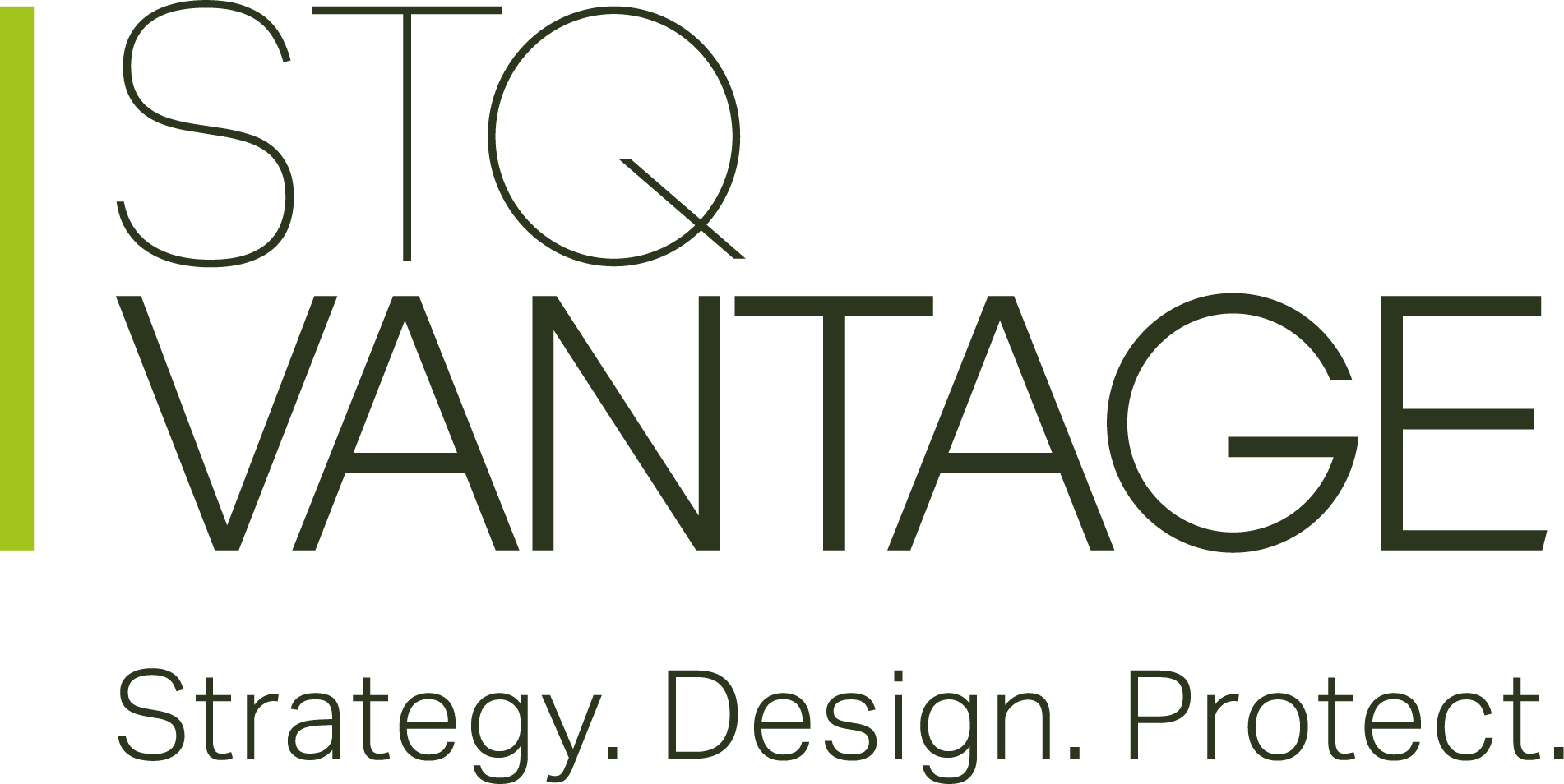Carrying out a Working-at-Height Risk Assessment: A Simplified Guide
Identifying Risks: What Are the Potential Hazards?
The first step in conducting a risk assessment for work at height is identifying the risks involved. What
are the potential hazards that could lead to a fall? This could be anything from a slippery surface,
unstable scaffolding, to the absence of adequate fall protection measures.
Severity of Outcome: What Could Be the Consequences?
Once the risks are identified, evaluate the severity of the potential consequences. How serious could an
injury be if a fall occurs? Are we talking about minor injuries or could a fall result in severe harm or even
fatality?
Probability: How Likely Is the Risk?
Assess the likelihood of the risk materialising. Is it a rare occurrence, or is there a high likelihood that
someone could fall due to the identified risks? The frequency of exposure to the risk also plays into its
likelihood.
Implementing Precautions: What Measures Can Be Taken?
Decide on the necessary precautions needed to either eliminate or significantly reduce the risk. This
could include anything from installing guardrails, to implementing a fall arrest system.
Documenting Findings: Keep a Record
All significant findings should be duly recorded. This is not just a bureaucratic requirement but an
essential step in ensuring that all safety measures have been considered and implemented. Proper
documentation can also serve as evidence of due diligence in case of any safety incidents.
How to assess the risks of working at height
Regular Review: Keep the Assessment Updated
Risk assessments are not a one-off activity; they need to be reviewed regularly or whenever there are
significant changes in the work environment or procedures. This ensures that the assessment stays up-
to-date and continues to offer effective guidance on maintaining a safe work environment.
How to control the risks in your workplace
When No Further Measures Are Needed
If the risk assessment shows that adequate safety measures are in place and no further action is
required, then work can proceed as planned. However, it’s crucial to keep the risk assessment under
regular review to adapt to any changes in work conditions or tasks.
By adhering to these guidelines, you can simplify the often daunting task of carrying out a working-at-
height risk assessment, ensuring that all significant aspects are adequately covered for a safer work
environment.
-
Very effectively through the design stage based on our base structural design.
Please note, as this is a life safety element, we feel strongly this package should be considered on cost and competence in design and installation. STQ are a great company in both respects and have guided us very effectively through the design stage based on our base structural design.

